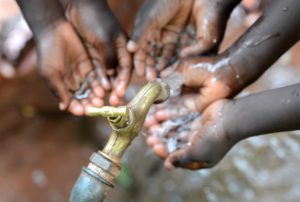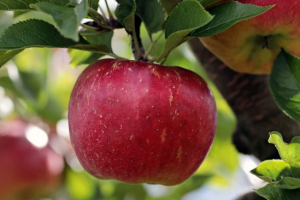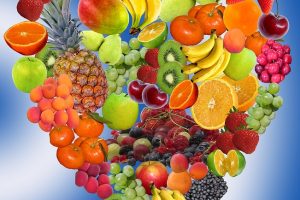Benefits for Developing Countries

One in three people worldwide don’t have access to clean, safe drinking water. One out of five people live in areas of water scarcity.
In these regions of the world, where water shortages are extreme, small water units are used. An example of these small devices is the WaterSeer. It condenses pure water from the air without power or chemicals, and is promoted as a green, low-maintenance, sustainable, mobile, and scalable option, for any community. In June 2017, the company was in its prototype and lab testing phase, measuring accuracy and effectiveness. Full commercial deployment was expected to begin on January 2018 but the project has been facing some difficulties.
Even if the WaterSeer fails, similar technologies can be developed. Some will succeed in bringing clean and safe water to regions of scarcity around the world. Increased access to water will open up time and energy for people in developing countries to focus on their children, health, agriculture, education, and the development of small businesses. (1)
Another example of a similar technology includes atmospheric water towers, that allow for simple installation in any geographical region, climatic condition, or topography. These don’t need conventional or alternative energy, and they don’t rely on expensive maintenance. Their lifespan is estimated to be 70 years.
Promising numbers say these systems could produce up to 45,000 liters of water per day in areas with high relative humidity. This means that a single atmospheric water tower could provide 30 liters of water to 155 people, without maintenance costs, for more than 70 years. This particular project is currently being developed in Argentina, by an industrial designer called Juan C. Ficarra. (2)
Other systems are being implemented in cities like Lima, Peru, where two million people are disconnected from the city’s water system. As a result they are forced to purchase water from trucks at 10 times the regular price. Inhabitants have no knowledge of where this water comes from. Deliveries are infrequent and sometimes the water they receive is highly contaminated. This is why organizations in Lima have created a system called Fog Catcher which collects water from fog by suing large nets. The water can be used for drinking and agricultural needs.
The previously mentioned are only a few examples of what is possible. Low cost solutions for essential problems are more available than we may think. Eliminating water shortages around the world could be easier than we imagine.
Previous Section:
Next Section:
Acknowledgments
Thank you for reading!
Please donate to help us publish this book.
PayPal: trevesbruno@gmail.com
Venmo: @Bruno-Treves
Sources:
(1) https://www.waterseer.org/
(2) https://www.youtube.com/watch?v=ZYaPxbNoO_U



